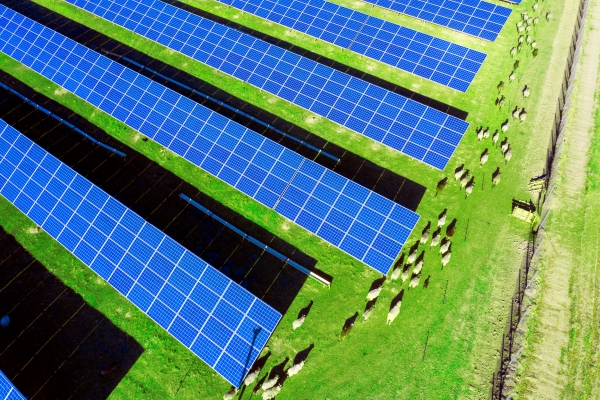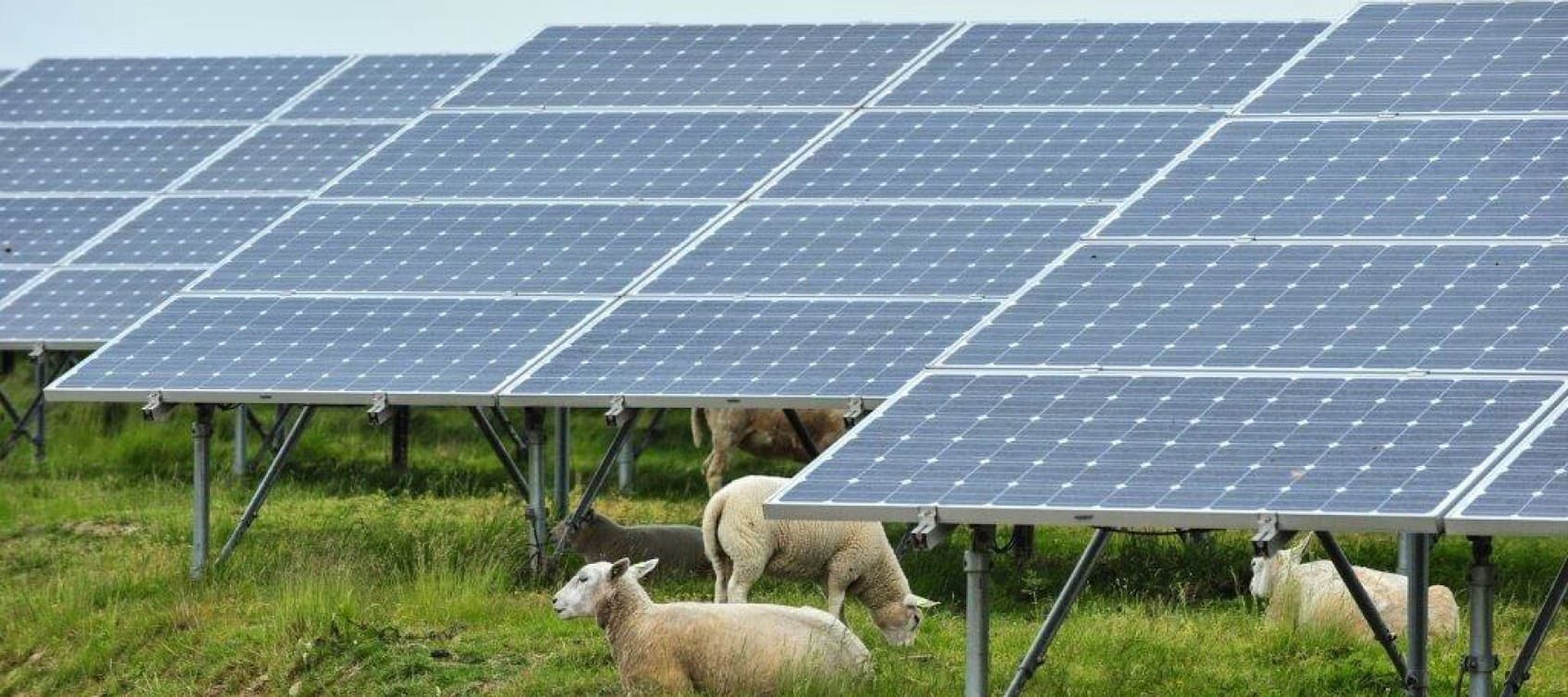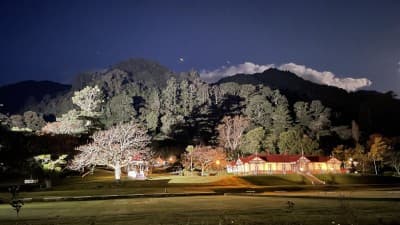First Renewables, a Clarus company and Harmony Energy announced early in 2024 that they will develop and own Tauhei Solar Farm. At the time of commissioning in 2026, it is expected to be New Zealand’s largest solar generation site.
We’re delighted to be part of this fantastic project and to be investing in solar energy, which can contribute so much to New Zealand’s supply of renewable power. We’re excited about embracing solar photovoltaics because they’re not only a clean electricity source, but also a great match with other aspects of our economy.
Limitless clean energy
The biggest advantage of solar power is that sunshine provides free, abundant, clean energy. It is available everywhere, and solar panels can be installed on homes, on commercial buildings, and in the ground to create solar farms, like Tauhei. Once solar photovoltaic panels are in place, they generate energy while producing no greenhouse gas emissions.
Solar power could supply up to 6% of New Zealand’s electricity by 2035, helping reduce our reliance on fossil fuels. This, in turn, will help improve our energy security.
“Utility-scale solar generation presents a significant, complimentary, and largely untapped source of renewable energy in New Zealand, as proven in many markets overseas,” says James Irvine, our GM Future Fuels.
The big challenge of solar energy is intermittency, because night times and dark winter days can’t keep up with electricity demand. But in future we may also be able to store the solar energy generated on sunny days in batteries, allowing us to use it on cold winter nights when power use spikes.
Plus, solar has some extra benefits that could make it an ideal fit with our nation’s thriving agricultural sector.
‘Solar grazing’ can be a winning formula for farmers
Solar farms can be an excellent fit with New Zealand’s agricultural sector. Rather than displacing farming, it can create dual-income land use, sometimes known as ‘solar grazing’, which can make both the farming and the solar panels more cost-effective.

Source: iStock image used for illustrative purposes only. Not an actual representation of a Clarus business.
The first advantage is that animals take care of one of the big maintenance tasks for any solar farm: lawnmowing and weed whacking to keep the panels clear of vegetation. Sheep can walk right under panels, so they can easily nibble all the pasture from around the installations. And although cattle are too large to fit underneath standard-height photovoltaic arrays, many farms have successfully mounted the solar panels higher to make them work well for dairy herds.
There are also advantages for the livestock – the solar panels provide shade in summer and shelter from the elements in winter. They can even protect lambs from aerial predators and encourage on-farm biodiversity. Plus, trials in Australia have found that the shade provided by the panels helps retain moisture in the ground to boost pasture quality.
‘Agrivoltaics’ can also be a successful endeavour for wineries (like Yealands) and horticulture businesses. The combination of solar panels and growing plants is a “win-win-win”: the plants are protected from the elements and require less water to grow, while the panels generate clean energy and keep the farm cooler.
Both solar grazing and agrivoltaics can lead to more profitable ventures for farmers and growers, as well as being an efficient use of land. Energy and food are two of our most basic needs, and being able to produce both on a single site is one of the big benefits of solar technology.
First Renewables is working to deliver more renewable energy
First Renewables role is to identify, develop and invest in renewable energy projects in both renewable gas and electricity, with a view to delivering renewable energy solutions to help meet the changing needs of energy consumers across New Zealand. For more information, visit www.clarus.co.nz/future-of-energy.





